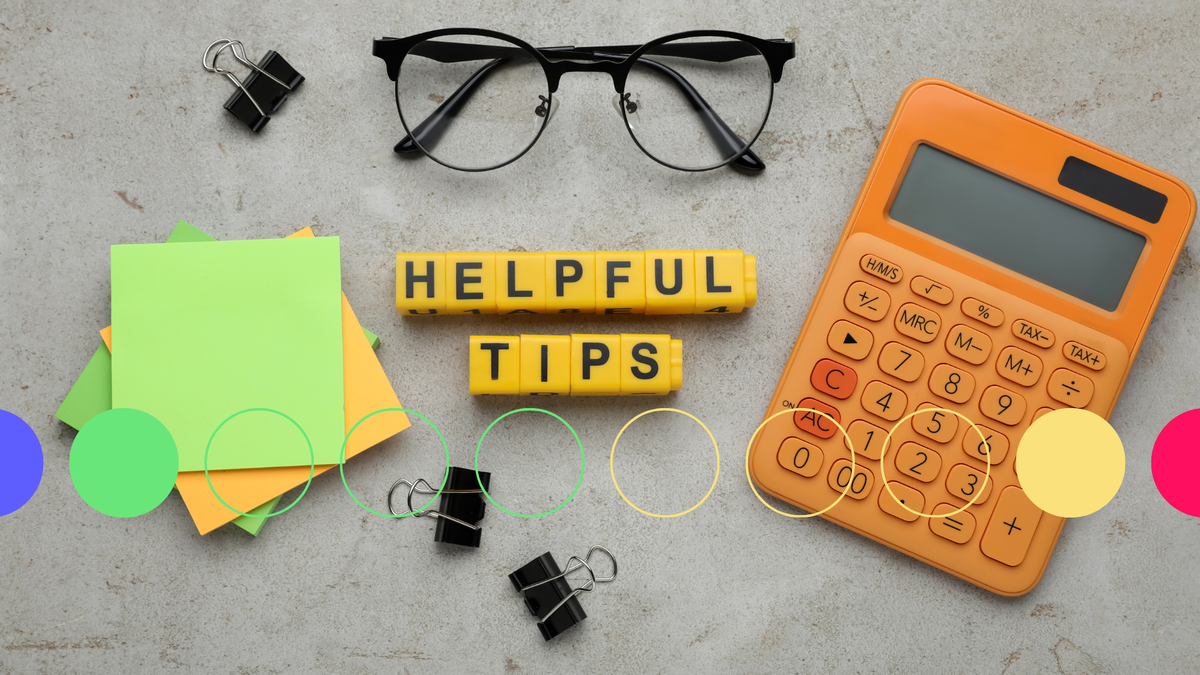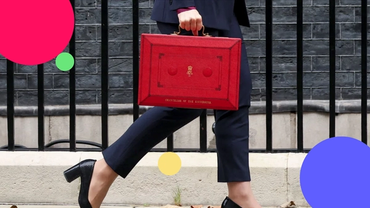Tax year-end strategies for women investors ages 55-64: Key moves
By Holly Mackay, Founder & CEO
The end of the tax year is on the 5th of April so time to get your skates on to make sure you’re using every trick in the book to keep tax low and spring clean your finances.

In our 50s and early 60s, retirement takes up more of our financial thinking. And for many women this tends to come with a low level of dread and “if only”. Boring Money research shows that the most common sum held by women investors between 55 and 64 is £70,500. in private investments and pensions – this does not include any pensions held at work or via your employer[1].
Although pensions can be the focus for this age bracket, ISAs are a flexible account which you can take money out of at any time. And any profits you make in them are tax-free. So having an ISA alongside a pension can be very sensible.
Expert Sam Secomb says at this time of year, the most important thing is to plan ahead - so you don't end up scrambling to use up any allowances in the final days before they run out.
I think the biggest difference between how savvy investors manage the end of the tax year compared to others is that they actually focus on using the available tax allowances on the first day of the new tax year. Rather than the stress of scrabbling around trying to use the allowances before they expire at the end of a tax year, they’ve been invested for a year already and are just waiting for 6th April to arrive so they can go again! It can add up to a lot of extra loot in ISA and pension pots too because more of your money stays in your investment rather than gets lost to tax.
If you're between 55-64, I've whittled down some top end-of-tax-year tips for women at your stage in life. Here are four things to consider:
1. Start to shape your plan for retirement
Do you have any chunks of money you can put into a pension now and get tax relief? This is especially interesting to consider for anyone who is a higher income taxpayer now but might be a basic rate taxpayer once retired.
Why? You receive tax relief based on higher rates today. This means you only need to pay in 80p to get a full £1 added to your pot (this applies to basic rate taxpayers too) AND you can reduce your tax bill by a further 20p when you put in your tax return. So £1 effectively only costs you 60p to get. BUT when you draw down your pension - if you’re a basic rate payer at that time- you get your 25% tax free lump sum and then only pay basic rate tax on the £1 you take.
With the lifetime allowance now abolished and the maximum annual contribution set at £60,000, there is ample opportunity for those with any spare lump sums to explore this option. The tax rules around pensions are always subject to tinkering from cash-strapped governments, so there is a case for getting on with it and using your allowances while you still can.
If you want to make a payment into a personal pension, you can check out our 2025 Best Buy Pension winners – we have something for everyone, across all different levels of confidence and expertise (or not).
2. Consider getting financial advice
Retirement is complicated. It is also loaded with jargon: “Drawdown this” and “annuity that”. It is possible to find an adviser who will do a one-off piece of advice for you and charge an hourly fee for this – usually about £150 - £200. Or some firms offer retirement advice packages starting from circa £1,000 – Charles Stanley is an example.
If you’re in the run-up to retirement but have a relatively modest pot today, then maybe some digital advice is the right choice for you. Have a look at what Destination Retirement offers – it’s an interesting, low-cost alternative for more straightforward accounts.
If you’re looking for a good adviser, I suggest you Google them and read their LinkedIn or X accounts – what are they like? Read customer reviews. Ask what they charge – an ongoing advice fee between 0.5% - 1% is the norm, and then there will be administration and investment charges too.
As a rule of thumb expect to pay around 2% a year all-in for ongoing advice, plus investments plus administration, but it does depend on what you are getting. There are varying qualifications – ‘Level 4’ is generally the minimum you’d expect, and ‘CFP’ (Chartered Financial Planner) indicates they’ve sat some pretty hefty exams.
Some women (not all) prefer to see a female adviser. You may have been ignored or talked down to, or felt overlooked or patronised by previous experiences with male advisers, so feel you could be more open with another woman instead. Finance is personal after all. If this is you, there are many great female advisers out there so don’t be afraid to seek them out or specify this preference in any firms you talk to.
3. Talk to your partner about money
Many couples in their 40s and 50s, where one is a man and one a woman, will leave money matters to men. But this can have difficult knock-on effects down the track.
We have spoken to 100s of women in their 60s and 70s who happily and gladly left money matters to someone else, only to find themselves stuck at a time of great emotional difficulty, trying to navigate financial accounts, passwords and relatively unknown financial advisers. If you have an adviser, it is a good idea to attend the meetings too. And find out what you have – and where it is – as well.
In the meantime, it's also crucial to optimise joint finances and work together on money matters. The article below has some helpful tips for people of all ages in relationships to improve their finances.
4. Pay into an ISA
We all have a £20,000 allowance to put in our tax-free ISAs every year. It’s a brilliant way to build some investments without incurring tax on any income or capital gains generated by the underlying investments.
If you’re under the cosh and don’t quite know what to invest in, there are tools to help. You can always transfer whatever you can afford into the ISA account and leave it as cash in the short-term, working out what funds or shares to buy later. As long as it’s in the ISA account before 5th April, that’s all that matters!
You can have a Cash ISA too and split any savings between a Cash ISA and a Stocks & Shares one – just remember the total of both mustn’t be more than your £20,000 allowance in a single year.
If it’s getting close to 5th April but you’re feeling paralysed with indecision on the number of options for your ISA allowance, then you can park the money in an instant access Cash ISA. ISAs can be transferred between Stocks & Shares and Cash varieties, and back the other way. Using an instant access account means you’ve bagged the allowance without committing to anything longer-term. You aren’t stuck with your choice once it’s done. Just make sure that you don’t forget about it & leave the money languishing!
---





